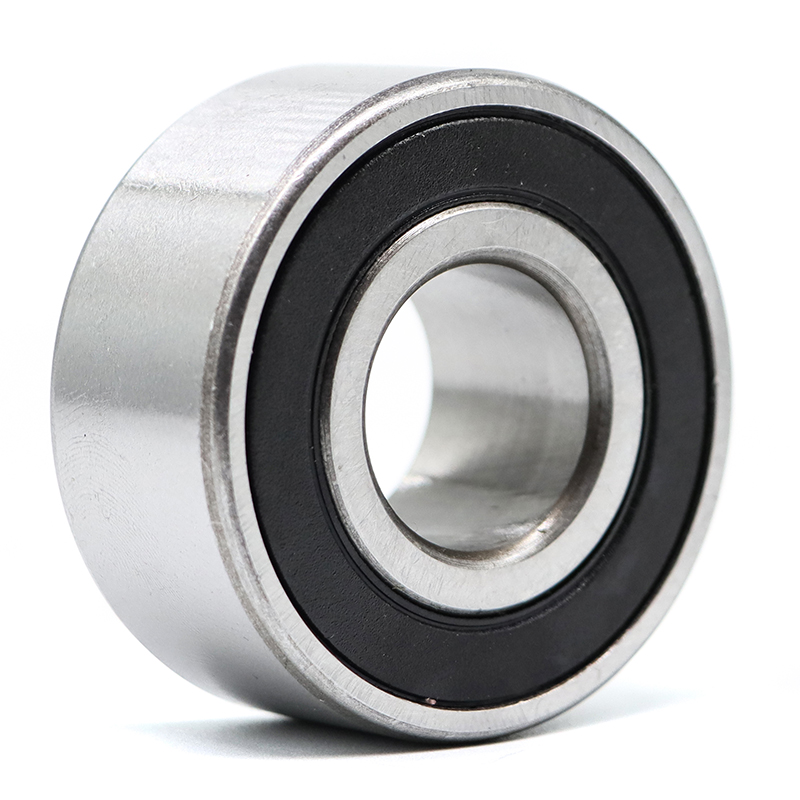When the clutch release bearing is working, the force of the clutch pedal is transmitted to the clutch release bearing. The clutch bearing moves toward the center of the clutch pressure plate so that the pressure plate is pushed away from the clutch plate, separating the clutch plate from the flywheel. When the clutch pedal is released, the spring pressure in the pressure plate will push the pressure plate forward and press it against the clutch plate, so that the clutch plate and the clutch bearing are separated, and a working cycle is completed.
Clutch release bearings are used in the part that transfers or shuts off the driving force. When the driving force is shut off, the clutch release bearing is affected by a strong force from the high-speed rotating diaphragm spring, and starts to rotate suddenly.
Cause Of Issue
(1) The working temperature is too high to cause overheating. Many drivers often half step on the clutch when turning or decelerating, and some drivers still put their feet on the clutch pedal after shifting into gear; The state causes sliding friction between the friction disc and the flywheel, and a large amount of heat is transferred to the release bearing. When the bearing is heated to a certain temperature, the grease melts or dilutes and flows, which further increases the temperature of the release bearing. When the temperature reaches a certain level, it burns. Bad release bearing.
(2) Lack of grease and wear. The clutch release bearing is lubricated with grease. In actual work, maintenance personnel tend to ignore the lubrication problem of the release bearing, and do not add grease to the release bearing during installation, resulting in a lack of oil in the clutch release bearing. The wear of non-lubricated or less lubricated release bearings is often several to dozens of times that of lubricated release bearings. As the wear increases, the temperature will also increase greatly, which makes it easier to damage the release bearing. Therefore, during the repair process, check the lubrication of the release bearing when installing the clutch, and add grease in time for maintenance.
(3) The free stroke is too small or the number of loads is too much. According to the requirements, generally the gap between the clutch release bearing and the release lever is 2.5mm, which is reflected in the free travel of the clutch pedal as 30~40mm. If the free travel is too small or there is no free travel at all, the release lever and the release Bearings are in constant engagement. According to the principle of fatigue damage, the longer the working time of the bearing, the more serious the damage will be; the more times the bearing is loaded, the more likely the separation bearing will be fatigue damage. And the longer the working time, the higher the temperature of the bearing, the easier it is to burn out, and reduce the service life of the release bearing.
(4) Whether the release lever is adjusted smoothly, whether the release fork is deformed, and whether the return spring of the release bearing is in good condition also have a great influence on the damage of the release bearing. The release adjustment is uneven, the release fork is deformed, and the release bearing spring does not return, all of which will cause the release bearing to be resisted during the clutch operation, so that the release bearing is always in the working state, and the temperature is getting higher and higher, which is easy to burn the release bearing and reduce the release bearing. service life.













